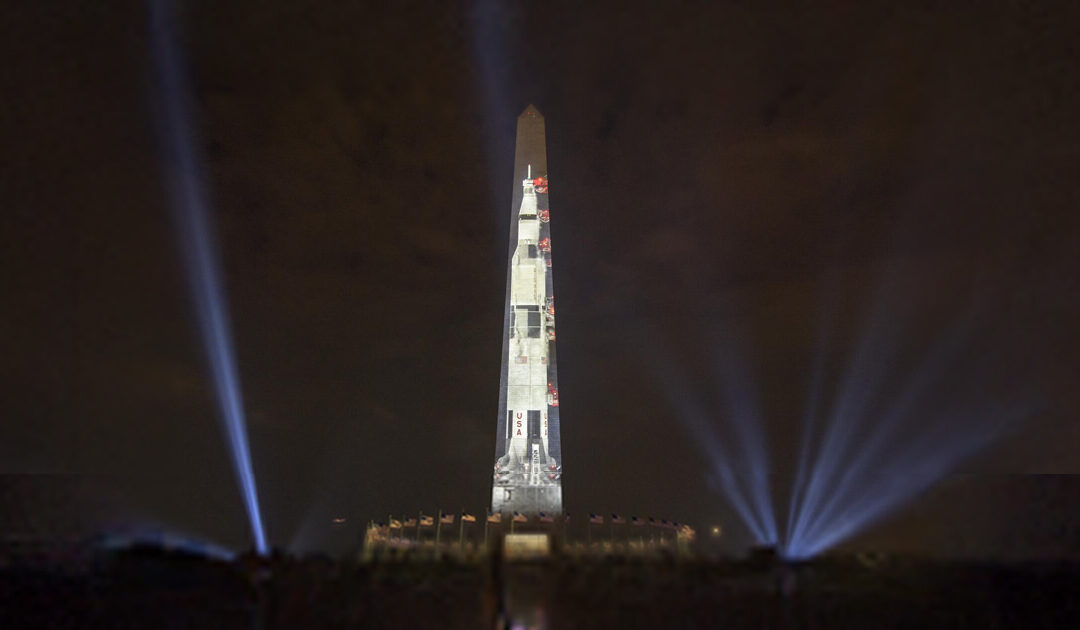This year celebrates the 56th anniversary of the first moon landing. On July 20, the world watched as Neil Armstrong and Buzz Aldrin stepped onto the surface of the moon.
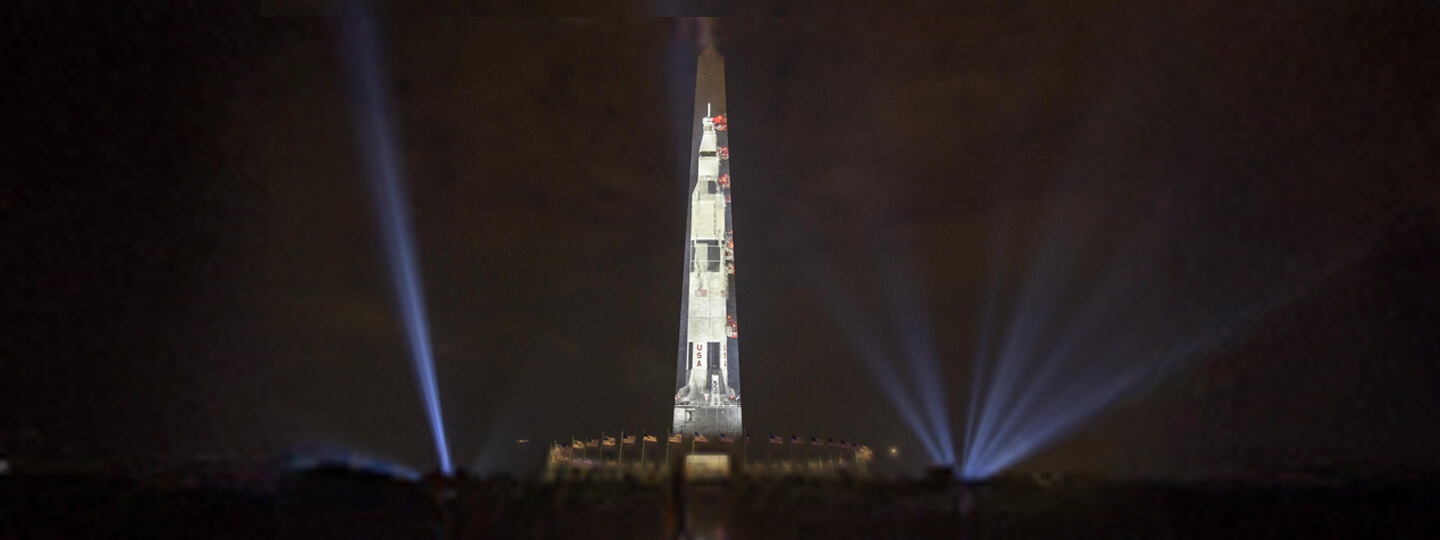
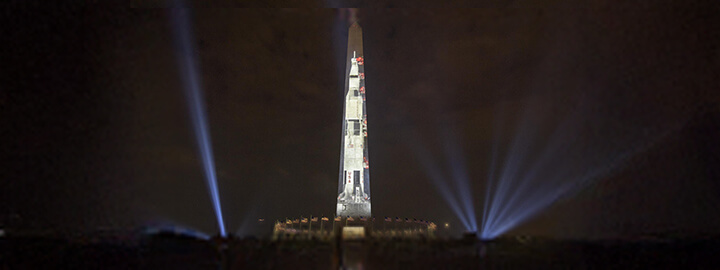
The Apollo 11 mission is celebrated in a 17-minute show, “Apollo 50: Go for the Moon” featuring full-motion projection-mapping artwork on the Washington Monument and archival footage to recreate the launch of Apollo 11 and tell the story of the first moon landing
Credit: NASA/Bill Ingalls
Stargazing: Pittsburgh Goes to the Moon
July 8, 2025
Julie Silverman, Carnegie Science CenterThis year celebrates the 56th anniversary of the first moon landing. On July 20, the world watched as Neil Armstrong and Buzz Aldrin stepped onto the surface of the moon. Their images were captured by an antenna dish in Australia made by Pittsburgh’s Blaw-Knox company. The Parkes Dish near Canberra, Australia, was in line to transmit history. Due to high winds, the dish could not dip low to the horizon to have the moon in sight. Nearby, Honeysuckle Creek tracking station successfully broadcast the first eight minutes and 50 seconds of the moon landing. Parkes completed the transmission.
Lunar “selfies” were imaged with Pittsburgh ingenuity. NASA debated adding camera weight to the spacecraft, but Westinghouse produced a seven-pound, black-and-white 16mm lens camera that functioned in harsh temperatures and low light.
Pittsburgh’s Elayne Arrington soared as a Hidden Figure of the Space Program. Arrington grew up in West Mifflin. A mathematical prodigy, she became the first African American Woman to earn a bachelor’s degree from the School of Engineering at the University of Pittsburgh. In 1961, she began her career as the first woman aerospace engineer at Wright-Patterson Air Force Base in Ohio. As another Hidden Figure, Katherine Johnson, tracked the Apollo flight trajectories, Arrington used her skills to track Soviet rockets. By analyzing reconnaissance data, she kept Apollo competitive in the race to the moon.
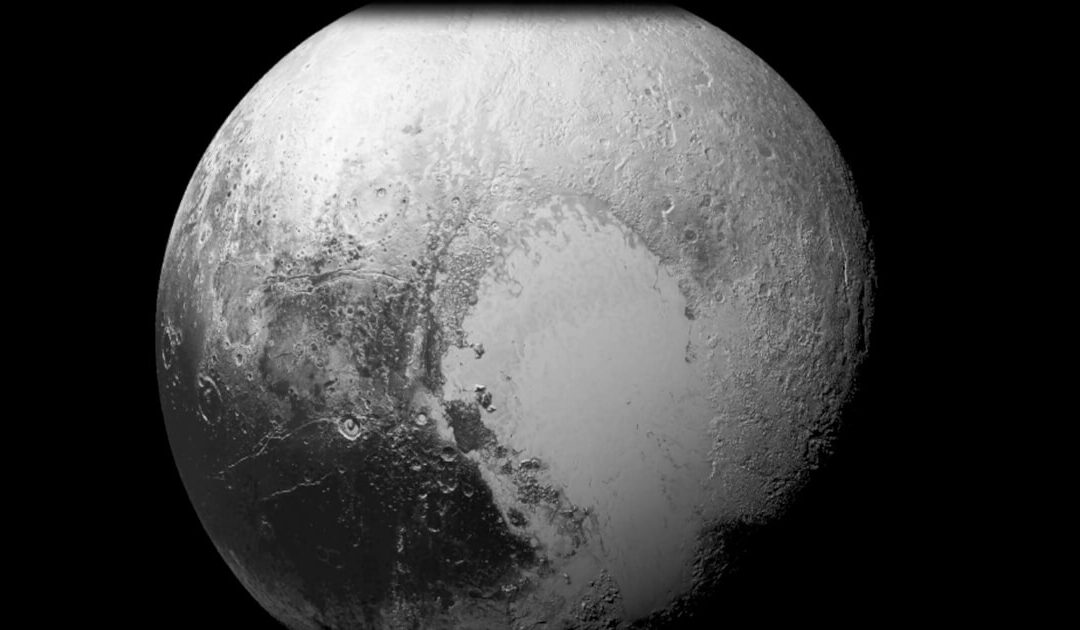
Stargazing: Pluto Anniversary – New Definition of a Planet
A small icy world at the outer reaches of our solar system revolved as the center of attention and consternation on August 24, 2006. The subject of that year’s gathering of the International Astronomical Union (IAU) would bring professional astronomers and science...
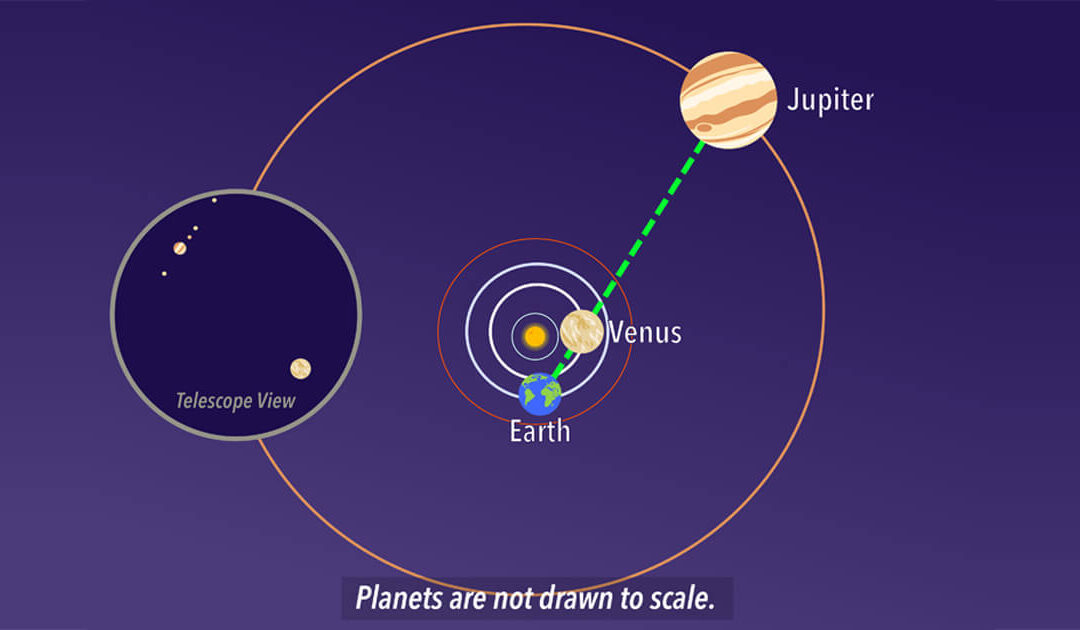
Stargazing: Perseids and Venus-Jupiter Conjunction
This time of year is usually the moment to break out the lawn chairs for the annual spectacle of the Perseid meteor shower. Home > Blog ...
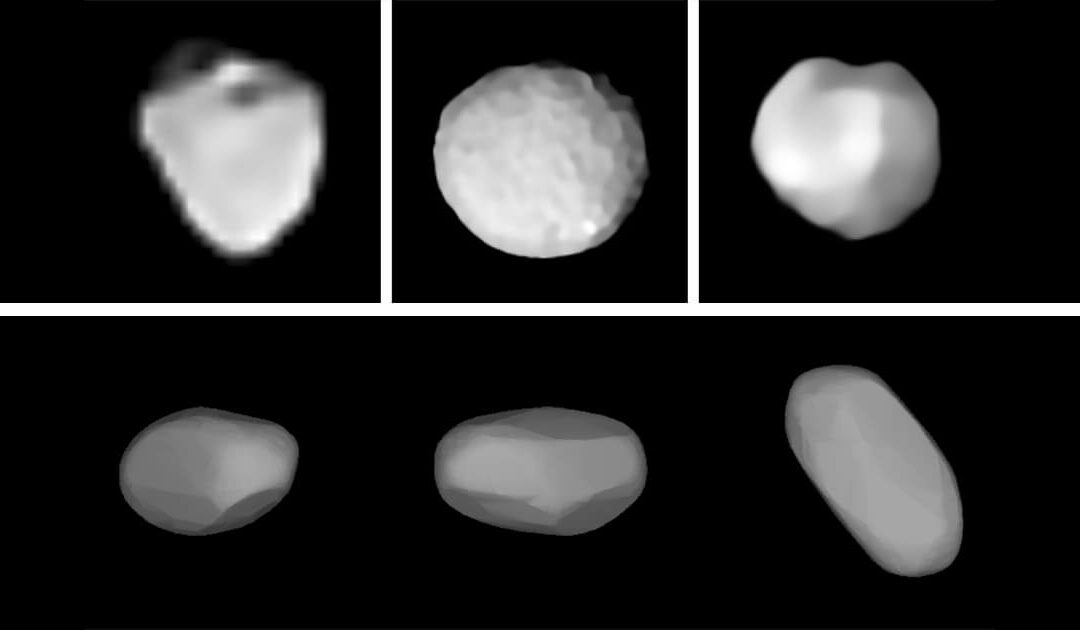
Stargazing: August Asteroids
Several large asteroids will have their brightest showings of the year through August. Home > Blog Between the planetary orbits...

Stargazing: Crescent Moon by Spica
On the evening of July 30, one of the bluest stars in the sky will gleam just above the waxing crescent moon. Spica is a blue giant star and the brightest in the constellation Virgo. Home > Blog [acf...

Stargazing: Scorpius
Soaring through July skies is an ancient arachnid known for its sting. Scorpius the Scorpion, with its distinctive curved spine and stinger poised to strike, holds a large profile low to the southern horizon. Its Latin name translates to the “creature with the...

Stargazing: Vega – Anniversary of First Photo of Star Taken
On July 17th, 1850, the first photograph of a star other than our Sun was taken. Home > Blog Brilliant Vega is the brightest...
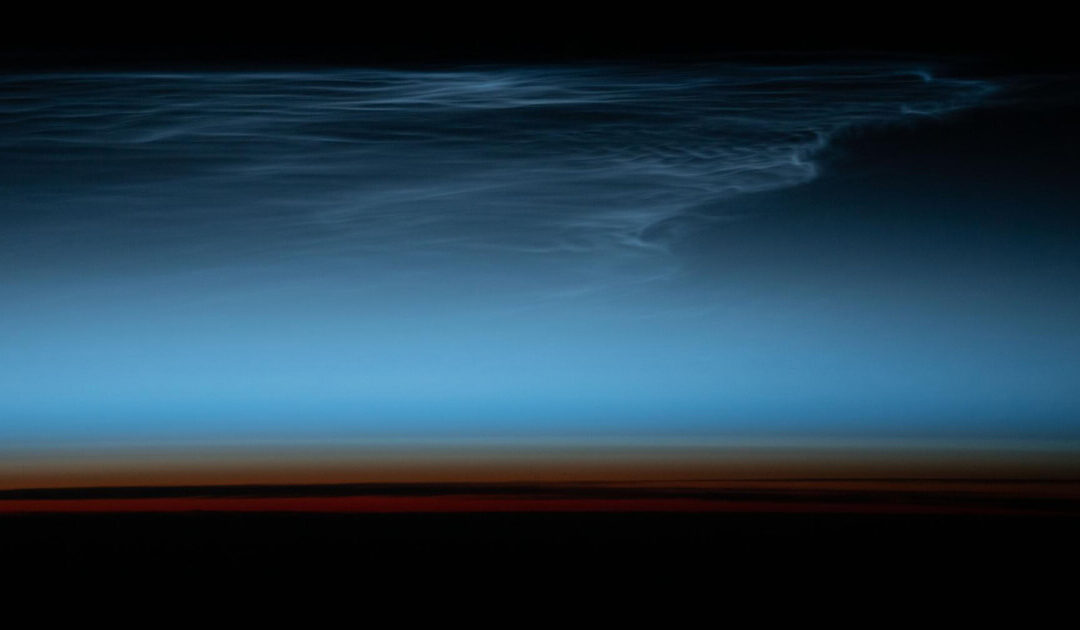
Stargazing: Noctilucent Clouds
Summer is the season to spot rare and luminescent Noctilucent Clouds. From May to early August, these ethereal clouds show their best displays thirty minutes after sunset or before sunrise. Home > Blog [acf...
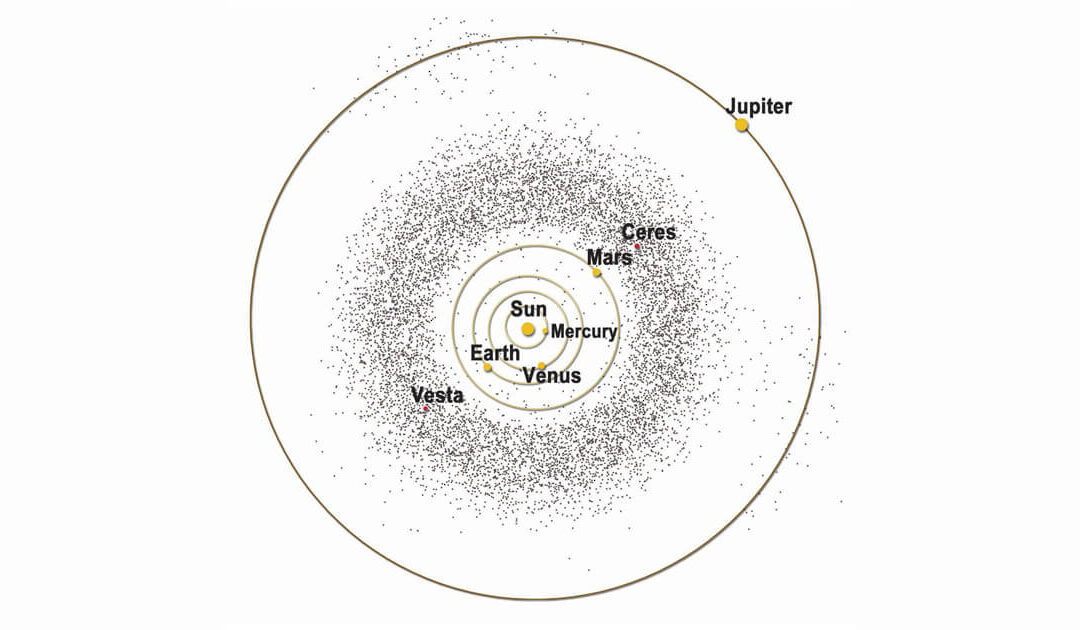
Stargazing: June 30 Asteroid Day – date of Siberian Tunguska Event
Pre-dawn hours of June 27 will bring peak opportunities to view June’s Bootid meteor shower. A thin crescent moon will enhance the chances of seeing meteors flash across the sky. Home > Blog ...

Stargazing: Solstice June 20– also, Moon-Saturn-Neptune close approach 5:45 a.m. June 18
Welcome summer! On Friday June 20 at 10:42 p.m. EDT, the sun will reach its northern-most point in the sky. Home > Blog Welcome...
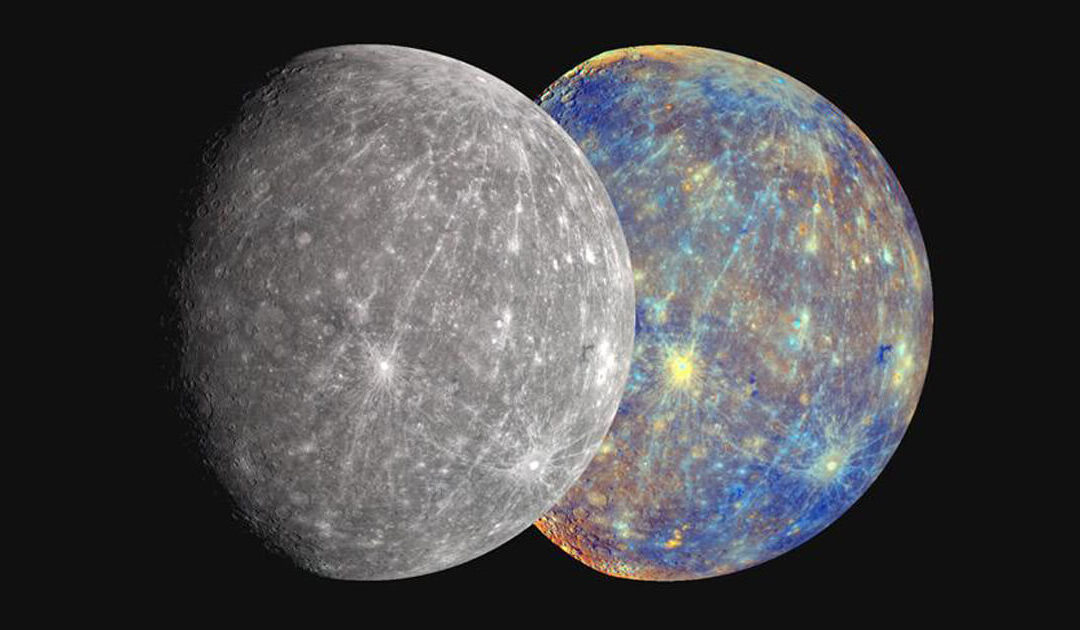
Stargazing: Mercury spotting from June 12-29
Mercury watchers will have several chances to view this elusive planet over the next two weeks. Since Mercury is the closest planet to the Sun, there is a small window in which it is visible. Home > Blog [acf...


